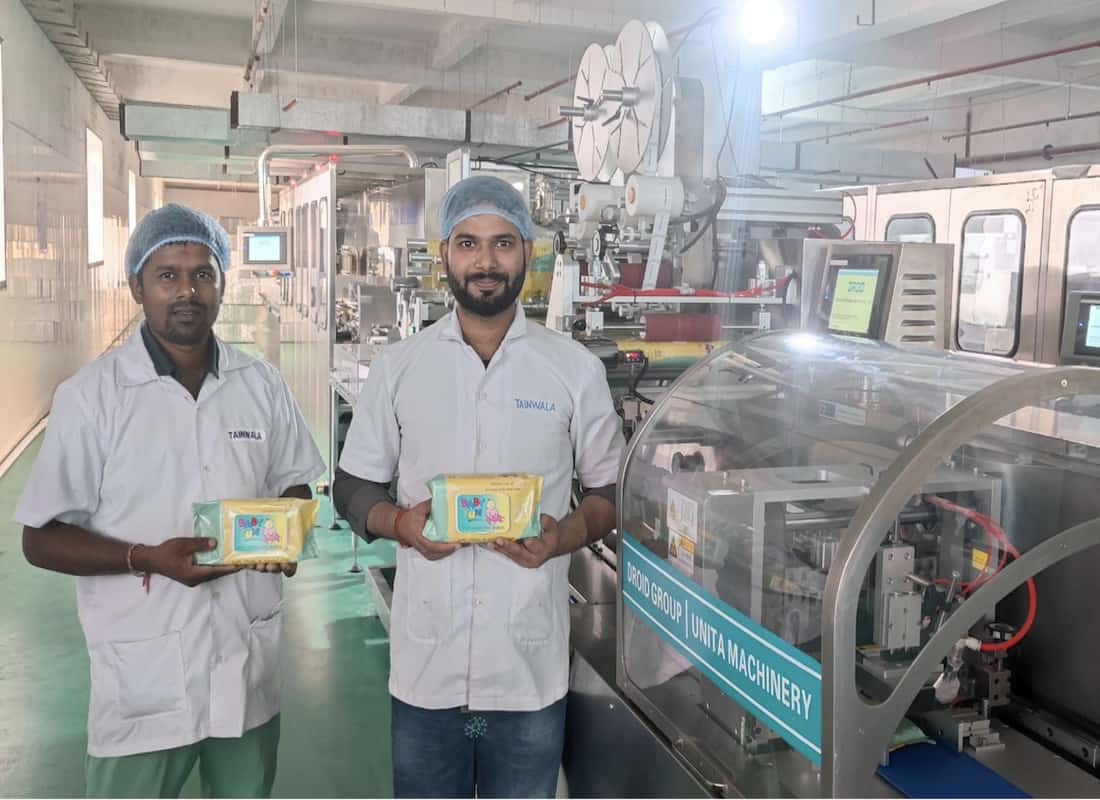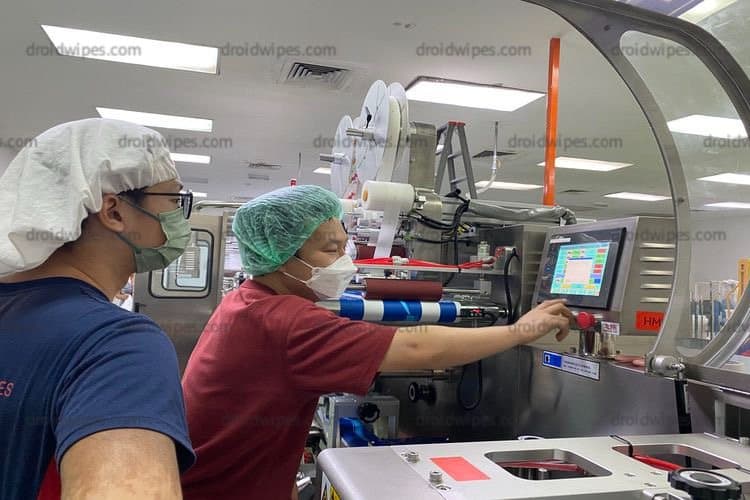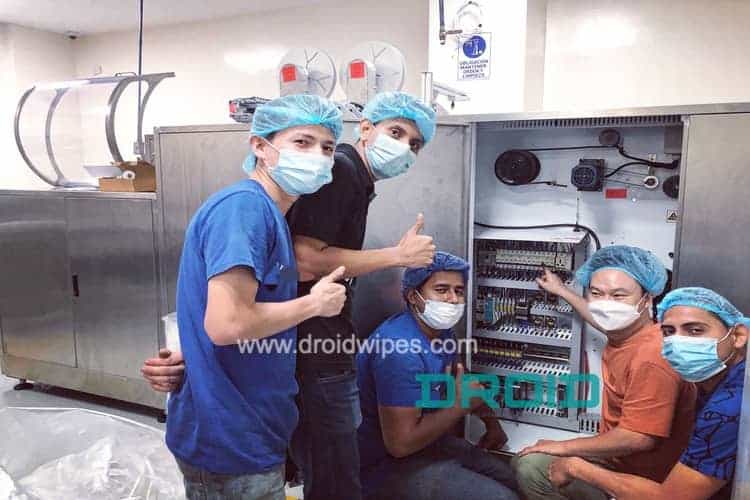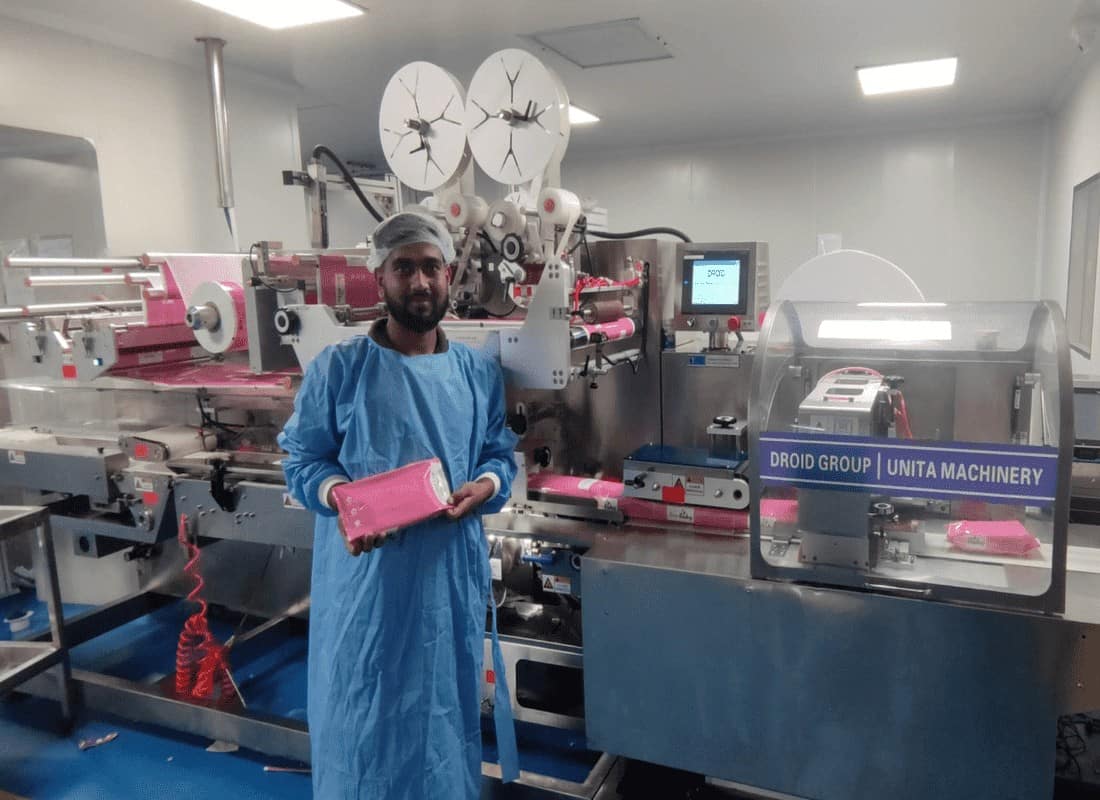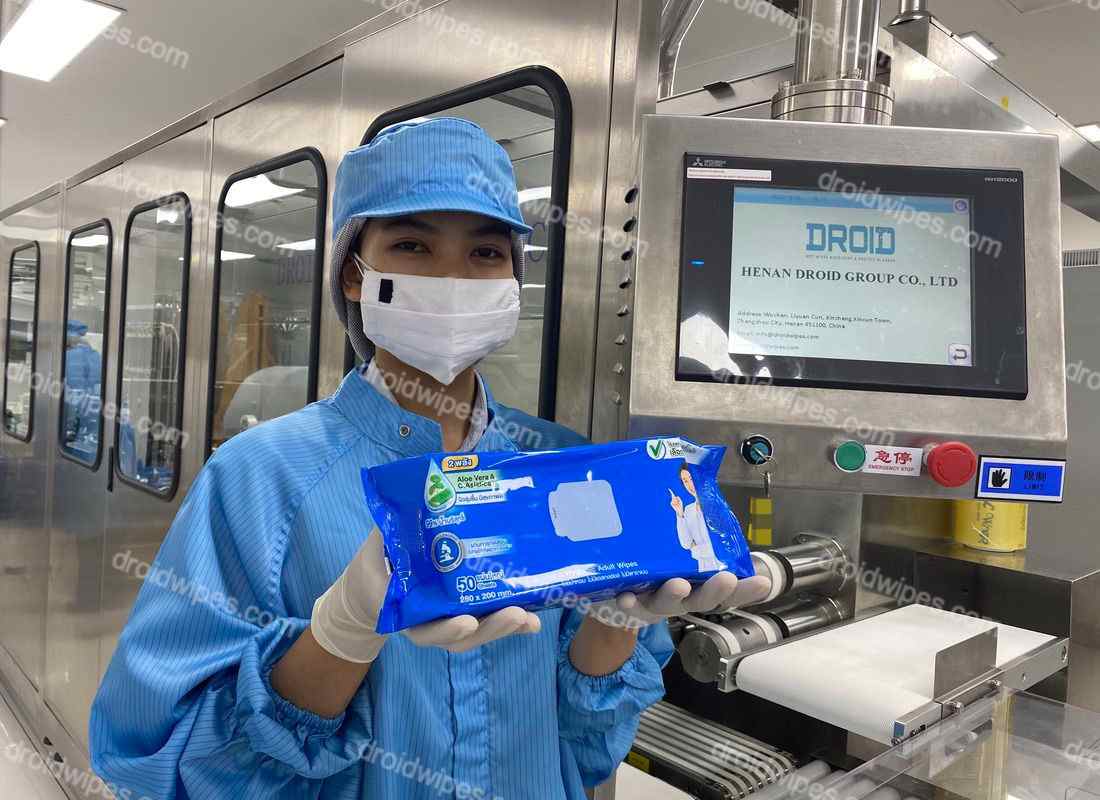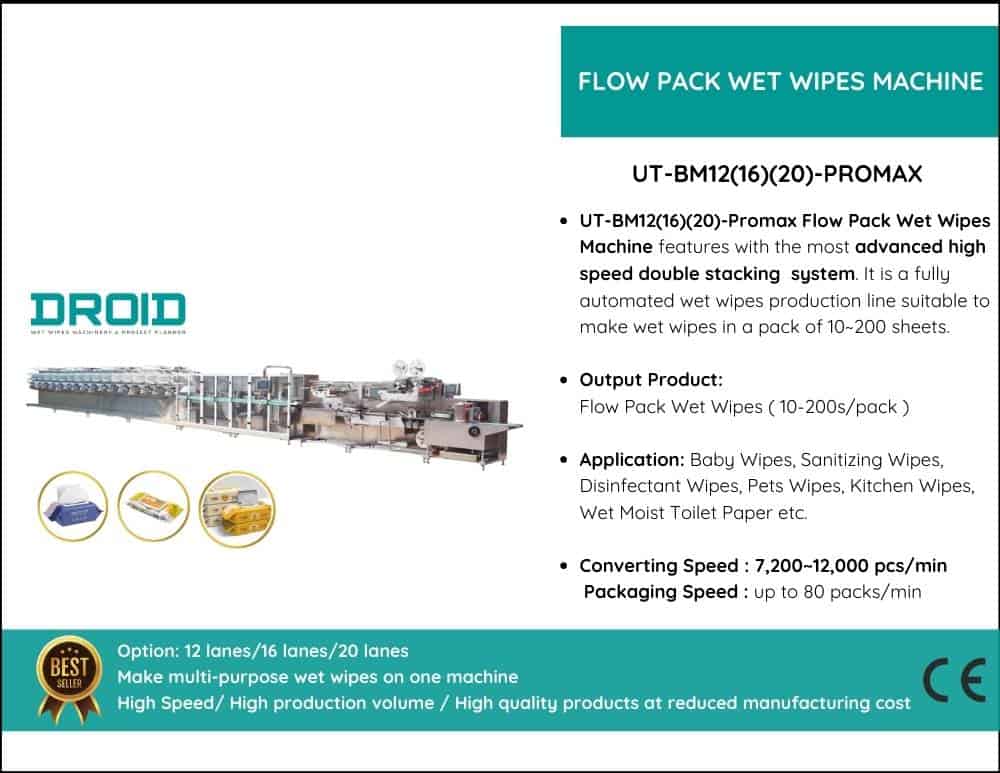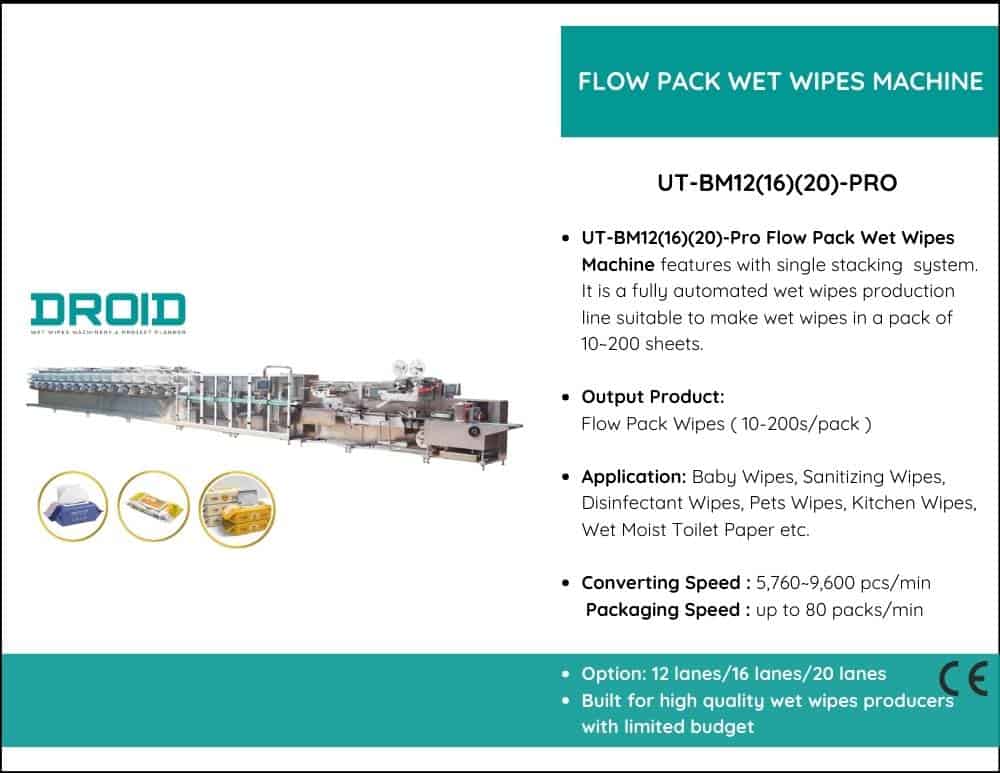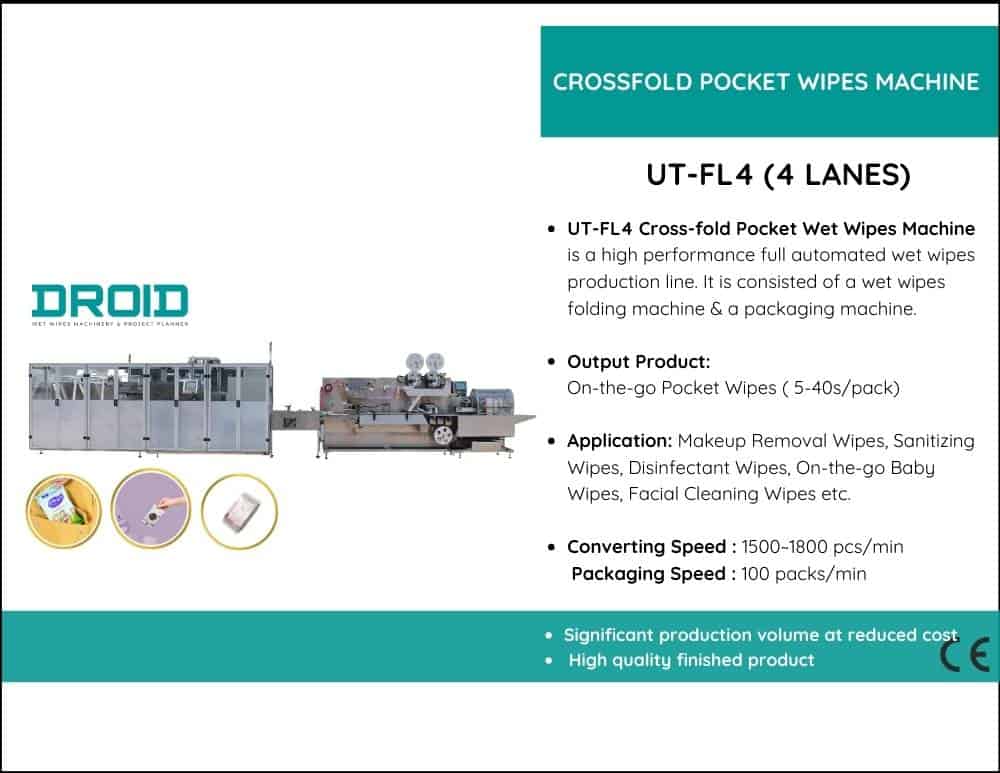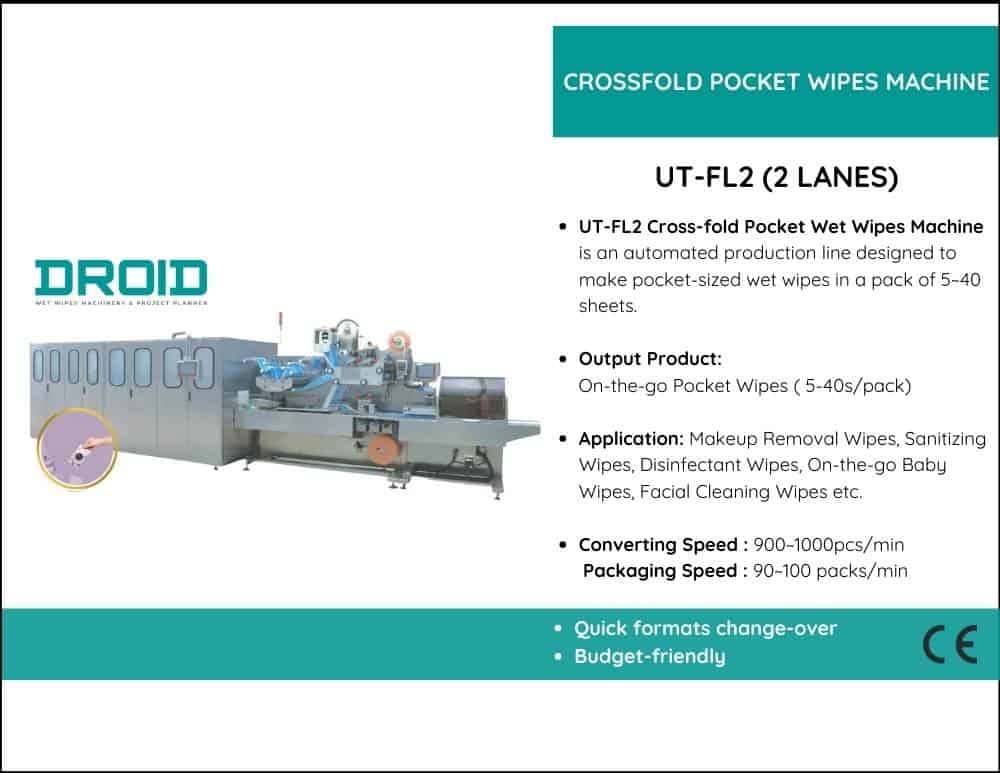Machine Type (Fully Automatic vs. Semi-Automatic)
The total cost is significantly impacted by the decision between a completely automated and a semi-automatic baby wet wipes machine. Fully automated machines have minimum human labor requirements, fast production speeds, and sophisticated automation. For big manufacturers seeking efficiency and reliable production, they are perfect. They provide long-term benefits via lower labor costs and quicker production cycles, albeit requiring a larger initial investment. Semi-automatic machines, on the other hand, are initially more affordable and more appropriate for small to medium production quantities. They do, however, need additional manual handling, which over time might result in increased operating expenses and uneven product quality.
Production Capacity
One of the main determinants of equipment cost is production capacity, which is often expressed in packs per minute. Although they cost more, machines with greater production rates provide superior economies of scale in large-scale manufacturing. By fulfilling rising market needs and lowering per-pack manufacturing costs, investing in a high-capacity machine may significantly increase profitability. Smaller capacity machines, on the other hand, could be less expensive, but they also restrict flexibility and expansion. Your market size, manufacturing goals, and long-term company objectives will all influence the capacity you choose.
Material Compatibility
Manufacturers have more flexibility when a machine can handle a variety of nonwoven materials and liquid compositions. Because of their sophisticated engineering and versatile design, machines that can process a variety of substrates, including spunlace, spunbond, and biodegradable materials, often have higher prices. Because of its adaptability, manufacturers can generate an array of goods, such as high-end baby wipes with unique formulae. The capacity to adapt to shifting customer tastes and diversify product lines may provide significant returns over time, despite the greater initial cost.
Machine Certification
For machines to be safe, hygienic, and in conformity with international standards, certifications like CE, GMP, and ISO are essential. Although they may initially cost more, machines with these certifications help prevent expensive product recalls and regulatory problems. Additionally, certified devices improve the image of your business by communicating quality and dependability to your partners and consumers. These certifications are also a necessary expenditure rather than an optional feature since many export markets demand certified equipment to fulfill local standards.
Quality and Brand Reputation
Machines from well-known manufacturers with a solid track record are often more expensive. On the other hand, these devices are long-lasting, provide reliable operation, and need less maintenance. Smoother production runs are ensured by high-quality machinery, which also lowers total maintenance costs and limits unplanned downtime. Selecting a reputable brand also often translates into more dependable technical help, quicker access to replacement parts, and better after-sales service. In the end, investing in a trustworthy brand improves long-term operational efficiency and safeguards your manufacturing line.
Additional Features
Advanced features like integrated packaging lines, automated folding adjustments, and accurate liquid dosing systems are often seen in contemporary infant wet wipes machines. These raise the initial cost, but they guarantee constant product quality, cut waste, and significantly increase efficiency. Additionally, additional features facilitate quicker transitions between various product kinds or package forms and more straightforward customisation. Investing in these cutting-edge skills is a wise long-term move for firms looking to maintain their competitiveness and satisfy a variety of market demands.
Hidden Costs
Your total investment may be significantly impacted by hidden expenditures that go beyond the purchase price. Import taxes, shipping, installation, operator education, and continuing maintenance costs are among them. Over time, utility expenses such as water and power use may also mount up, particularly for large-capacity devices. To prevent unforeseen financial hardship, it is essential to budget for these hidden expenditures properly. By considering the total cost of ownership rather than just the upfront price, manufacturers can make more informed and sustainable investment decisions.


